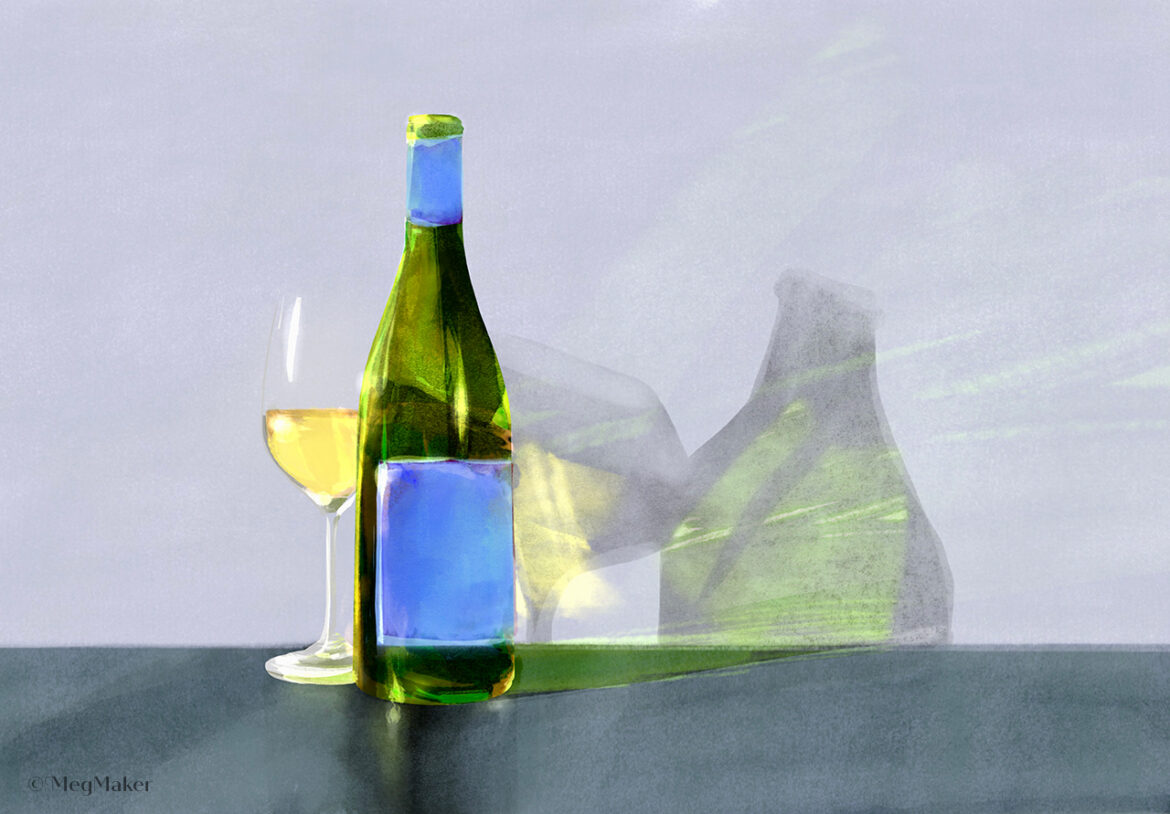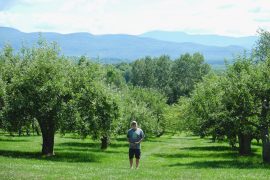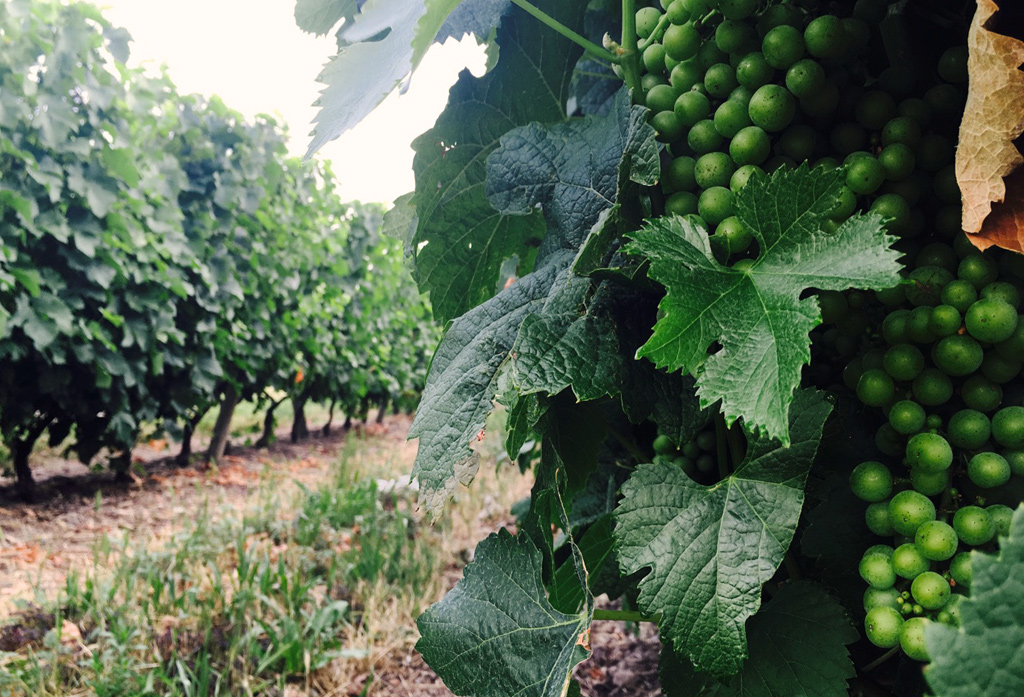Over the last year I’ve been researching the evolution of wine discourse, fleshing out how we arrived at the current zeitgeist and what we’ve gained and lost along the way. I’ve shared my findings mostly in lectures and interviews, and I promise to post more here soon.
But I’m not working in a vacuum, and several colleagues are likewise making progress on wine writing’s most vexing concerns. So the topic is in the air, at least among professionals, and I recently got an email from Charlie Geoghegan, a writer for Berry Bros. & Rudd, the legendary London wine merchant now in its 326th year, who was developing a story about it and was curious about my research.
Geoghegan posed some good questions and I’m sure I gave him far more than he could use, but even so I realized I’d shortchanged him on the last question, which was actually a series of questions and a lot to unpack. So with his permission, I’m sharing the full exchange along with some bonus thoughts.
Your work on this topic has included articles and talks that seem to be getting traction. What has been the response to your efforts so far, whether from fellow writers, the wine trade more widely, or consumers?
Reactions have been diametric. Some respond by saying, “This is a huge issue and we have much work to do,” others by saying, “This is a non-issue and nothing needs to change.” When a topic generates that much frisson, I know there’s something there.
For the most part, those in the “work to do” camp are newer members of the wine community, both professionals and consumers. Many are unimpressed by winespeak and have seen how it fails to map to their lived experience. They want to use descriptions that are authentic and personal, not be made to feel there are right and wrong answers to the question, “What’s this wine like?”
Those in the “change nothing” camp tend to be established professionals, people who have propagated the dominant modes of communicating about wine. They’ve been working this way for years and have baked the approaches into their writing and publishing strategies.
There’s often a tone of defensiveness from the latter group, but the truth is that wine commentary has been evolving over the last fifty years, sometimes slowly and sometimes at a rapid pace, to adjust to changes in fashion, geography, media, and more. It’s always been a system in motion.
In practice, what does a common language for wine (or the closest possible thing to it) look like?
There is not, nor should there be, a common language for wine. There is currently a dominant language for wine. It includes the lexicons of the credentialing programs, which wine students must know to pass tests, along with the standardized lexical approaches used by publications (tasting note, score). This language feels common because it’s used by the people with the microphones. It’s ubiquitous.
But that language doesn’t always connect. It’s in English, and often merely transliterated when recast in other languages. It’s based on referents from the Global North, with European flavor descriptors of plants, dairy products, and baked goods. And it’s heavily olfactory, placing scents and flavors at the center of the frame at the expense of a wine’s gestalt and meaning.
We need to valorize more diverse and personalized approaches. Diverse, by embracing myriad ways of communicating about wine, whether using language, visual description, physical gestures, or whatever creative solutions people can devise. Personalized, by encouraging people to dig into their own backgrounds and world views to share what they believe to be true about the wine, in their own terms.
Note that “diverse and personalized” is a big tent. It offers latitude to explore new genres and languages while supporting those who continue to embrace established modes and lexicons. Just realize that those who choose the latter may be reaching a diminishing audience.
Will this make testing more difficult? Absolutely. Is that a problem that’s solvable? Also absolutely. Wine experts are a creative lot. We can figure this out.
What have you learned from your work on this topic so far? What has surprised you? What, if anything, has proven difficult or gotten in your way?
I’ve learned that the current trend of fruity, flowery tasting language is a relatively recent phenomenon. Over a couple of decades, commentary shifted away from focusing on wine’s cultural-social context toward its personal-sensory context. That shift was due to many factors (economic, stylistic, demographic, pedagogic, others), but I think it actually led to a more impoverished way considering wine. There are indeed many creative commentators working today, but it still seems that the preponderance of ink gets spilled on tasting note, score. That’s not an altogether positive development.
Some people push back, saying, Well, consumers want to know what a wine tastes like. But what a wine tastes like is only ever what it tastes like to me. There is no what it tastes like absolutely, even though that’s the subtext of a lot of wine writing. The emphasis on flavors can end up being divisive instead of unifying.
There’s also some circularity in play, because consumers may want tasting notes simply because they’ve read a lot of tasting notes. Words are presented as the way into wine, the way to feel confident. Curiously, food writing is not as afflicted by this phenomenon, which suggests that wine’s emphasis on descriptive language is more a localized fashion than an expression of something enduring about taste.
As for difficulties: My biggest obstacle isn’t the naysayer who thinks I’m being too fussy. My biggest obstacle is me. I’m trying to figure out how to apply this research and thinking to my own practices, and — surprise! — it’s hard.
For starters, I’m publishing fewer reviews these days. I still draft notes for my own mnemonics, but I’ve taken a pause on publishing elaborate tasting notes, despite years working to perfect their poetry. Partly I’m tired of the exercise, but partly I’m trying to find other ways to penetrate the material.
I’m also taking to heart my own advice to “diversify and personalize.” I have fine art training, so have begun creating long visual narratives that mingle text and illustration. It requires enormous time and effort, but I enjoy the flow state of thinking in pictures rather than words. It also acts as a kind of extended rumination, bringing me closer to my subject matter in ways that feel profound. Whether that shows in the work is an open question, but for me it’s meaningful.
Most recently, I’ve expanded beyond considerations of ethics and social inclusivity toward questions about aesthetics and material culture, the nature of criticism, meaning making, and the evolution of the discourse. Mostly I’m trying to stay curious and open to new ideas, and to approach others with a spirit of generosity. There’s still a lot of work to do, and a lot of listening.
Original painting © Meg Maker





It’s an interesting journey. Glad to have you shining a flashlight on a new path.
David, thank you.